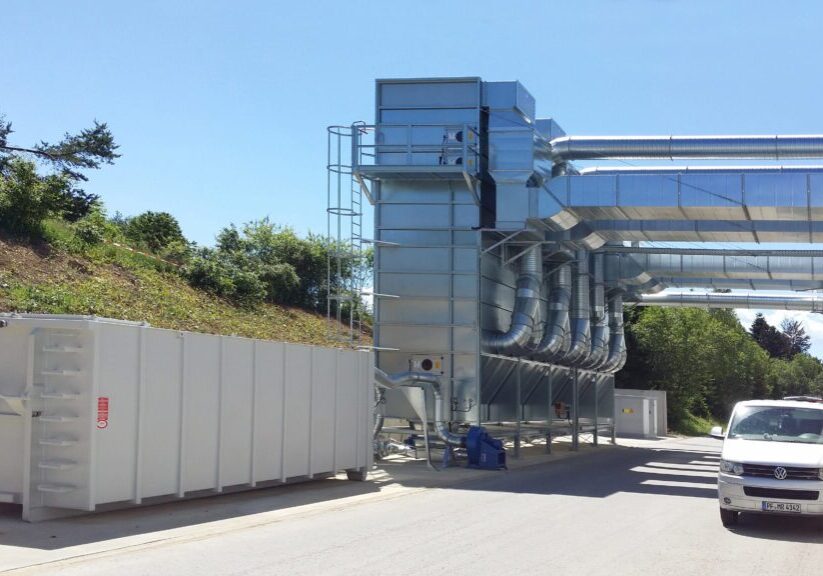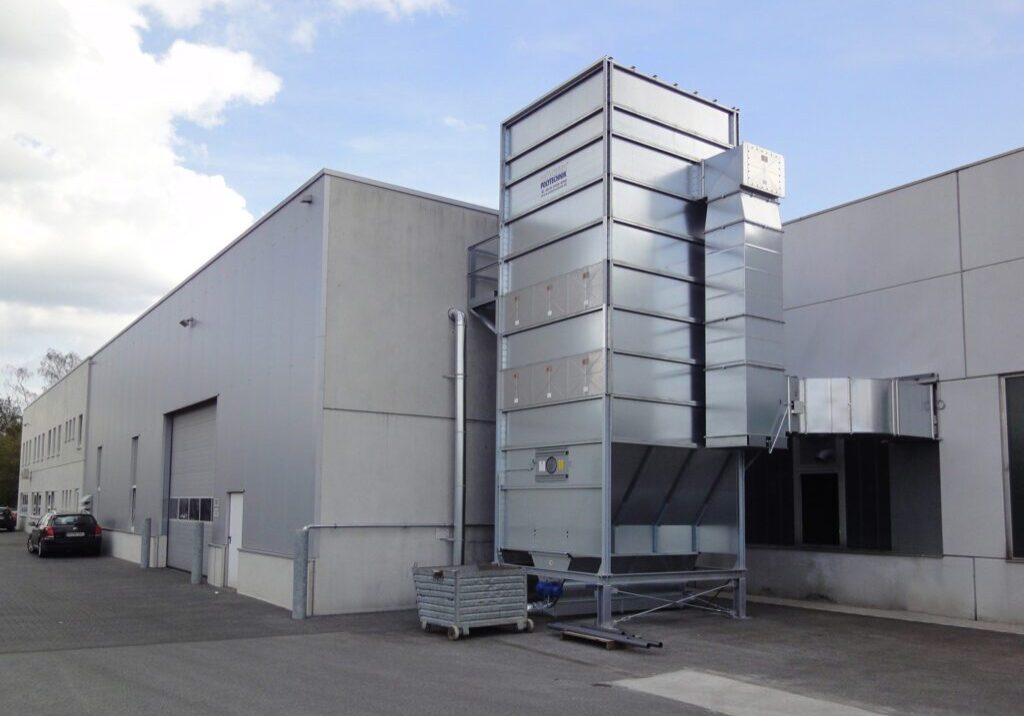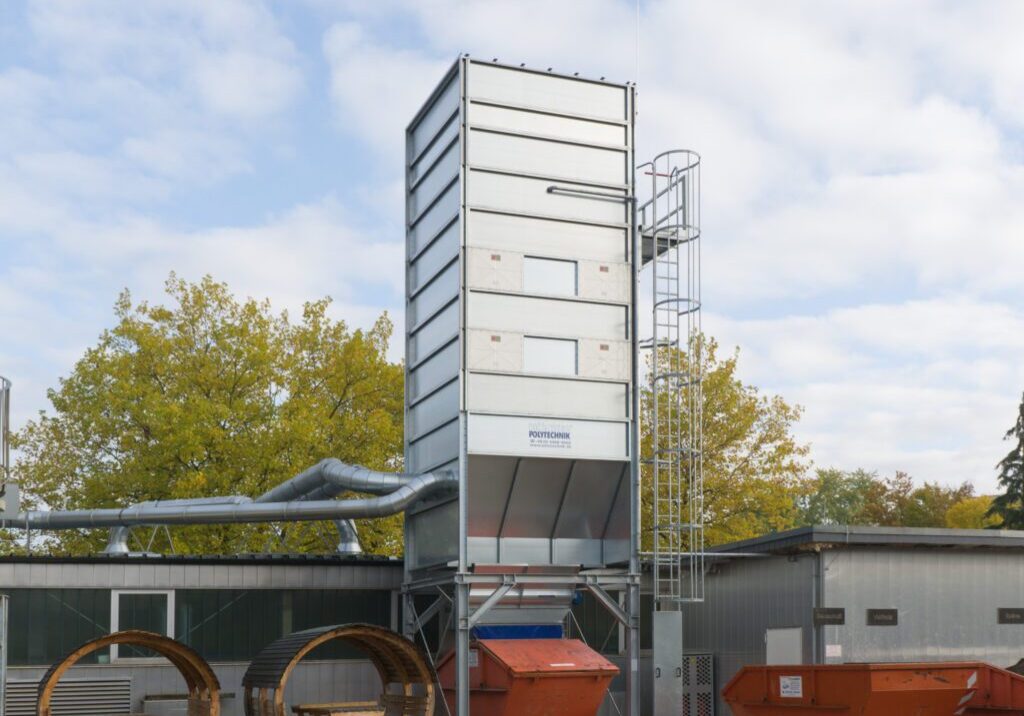The Cost of Safety & Compliance
Investing in a dust collection system is critical for protecting your employees and ensuring compliance with NFPA and OSHA regulations. But what should you expect to spend? Several factors influence the budget for a new dust collection system.
Key Cost Drivers:
- System Size and Airflow Capacity: Larger operations will need a more powerful system, which increases both the equipment and installation costs. Systems are generally priced based on the required CFM capacity.
- Ductwork Design and Installation: The complexity of your facility’s layout will impact the cost of ducting, as properly routed ductwork is essential for maintaining consistent airflow. In general, more complex setups with longer or more branched ducting will add to the overall installation cost.
- Filters and Maintenance: The type of filtration system you choose (cartridge, baghouse, etc.) will affect both the upfront cost and the long-term maintenance expenses. Filters need to be regularly cleaned or replaced to maintain efficiency, which should be factored into your ongoing operating budget.
- Energy Costs and Automation: Automated systems with variable-speed fans and programmable controls can optimize airflow based on real-time demand, reducing energy consumption and saving costs in the long run. These features come with higher upfront costs but offer substantial energy savings, often paying for themselves within a few years.
 Pro Tip: While a higher initial investment may seem daunting, investing in energy-efficient dust collection systems delivers long-term cost savings and strong ROI. By reducing energy use by up to 60%, these systems lower both operating expenses and environmental impact.
Pro Tip: While a higher initial investment may seem daunting, investing in energy-efficient dust collection systems delivers long-term cost savings and strong ROI. By reducing energy use by up to 60%, these systems lower both operating expenses and environmental impact.
With Höcker systems, you can avoid peak service charges by using designs that taper energy use throughout the day instead of relying on a single, oversized fan. ROI factors in the energy saved and the cost per kilowatt, making it easy to see the financial benefits. Calculate your energy savings here.
Example Budget Breakdown:
Understanding the costs of a dust collection system can help you plan effectively. While budgets vary based on the size of the system and your unique needs, here’s a ballpark guide to get you started:
- Up to 5,000 CFM: Filters typically range from $40,000 to $90,000 (excluding ducting and engineering)
- For 10,000–25,000 CFM: Filters generally cost between $100,000 and $250,000 (excluding ducting and engineering)
- Systems of 30,000+ CFM: Pricing varies with filter size and project scope, averaging around $12 per CFM for a complete turnkey system—including ducting, engineering, and installation.
For custom quotes tailored to your facility, reach out to our dust collection experts.

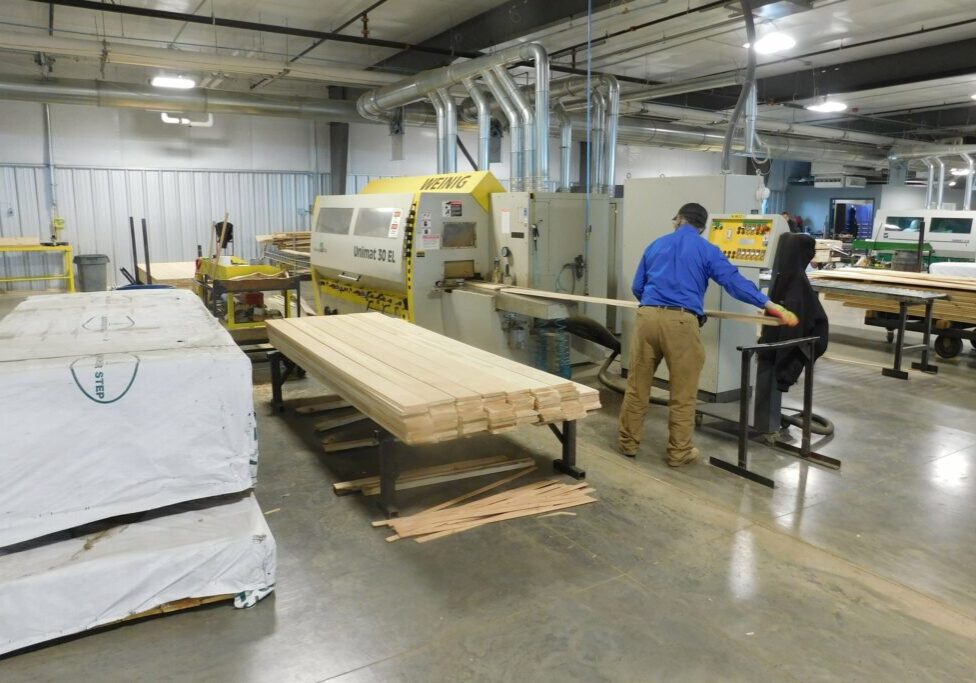
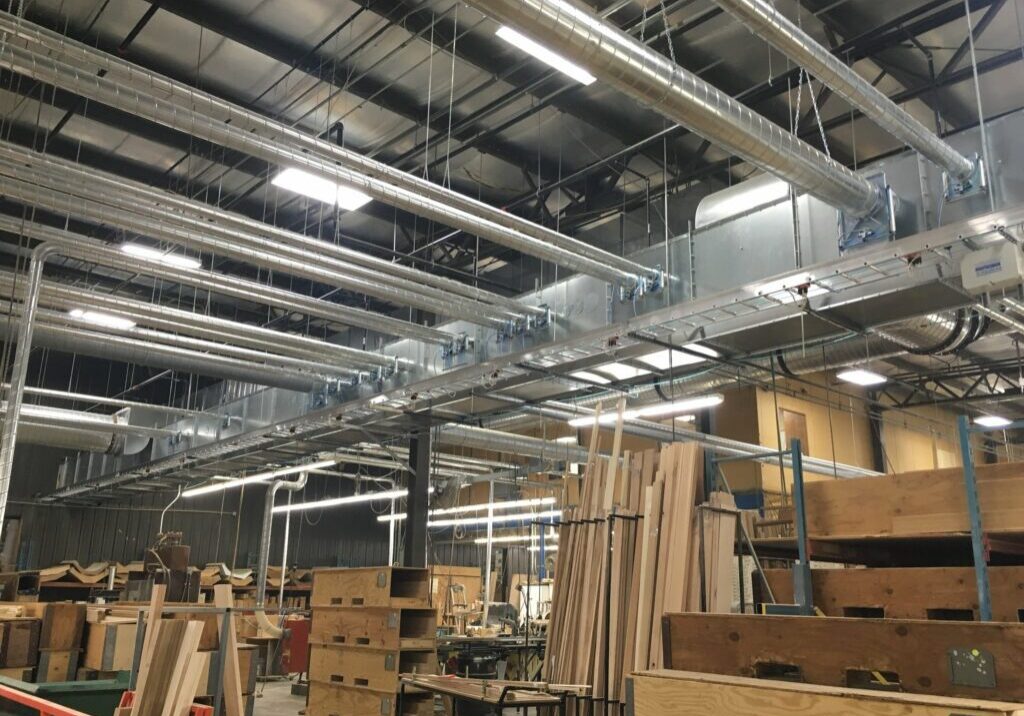
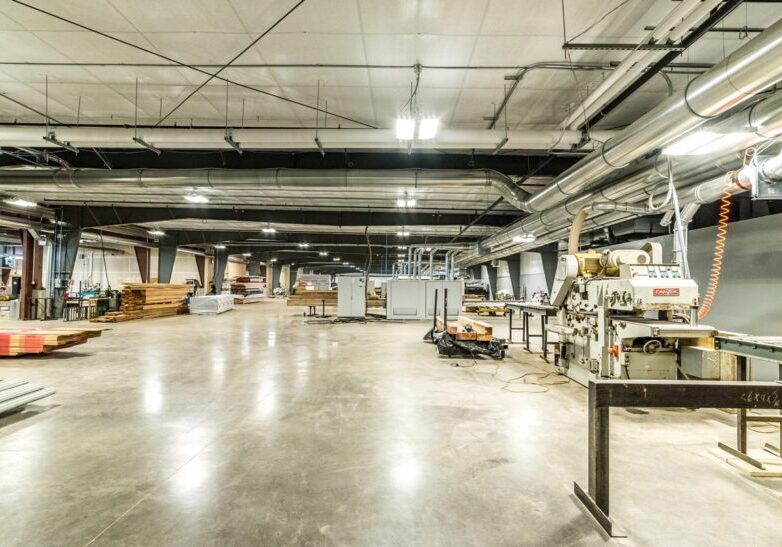
![JB1_20171218_00027_preview[1] JB1_20171218_00027_preview[1]](https://hockeramerica.com/wp-content/uploads/bb-plugin/cache/JB1_20171218_00027_preview1-1024x683-landscape-d37da909590e55e7af02b6ae3fddc17b-.jpeg)
